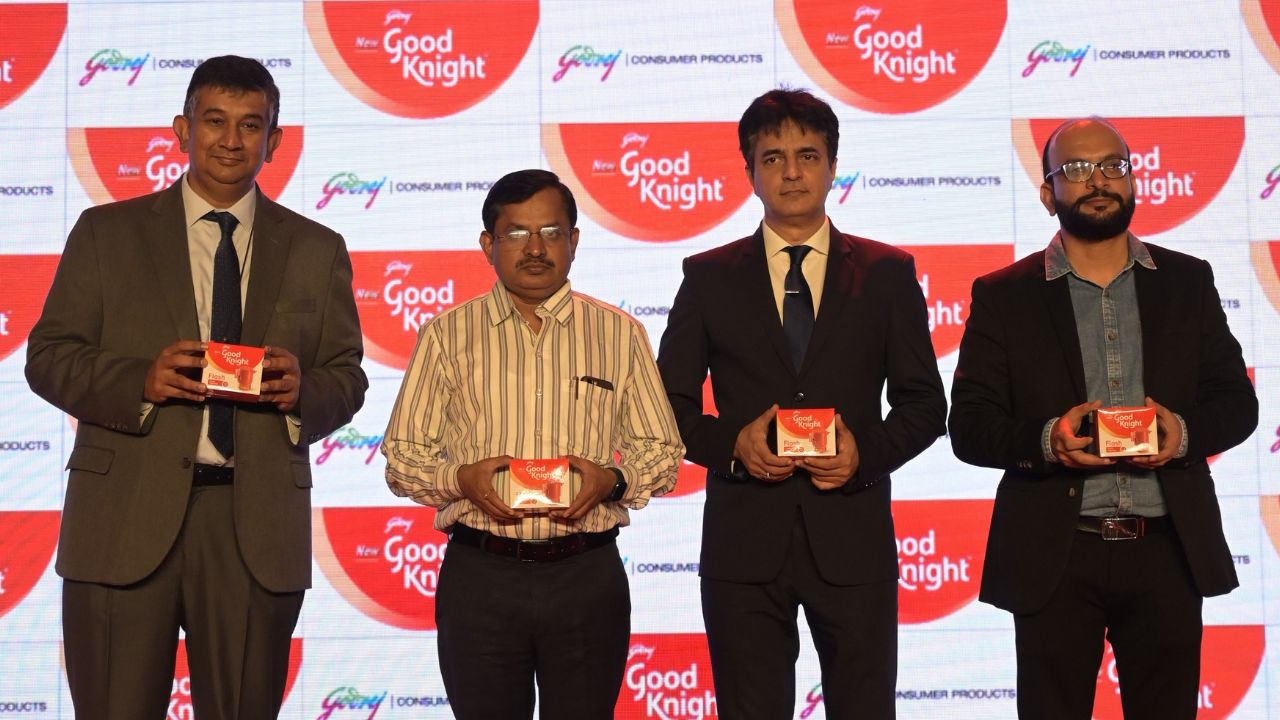Sudhir Sitapati, MD and CEO of Godrej Consumer Products Limited (GCPL), revealed during a media roundtable recently that their ready-to-mix body wash product failed in the Indian market. He also discussed various aspects of rural demand and growth in the country and GCPL’s marketing strategies.
Addressing the media during the roundtable, Sitapati said, “The ready-to-mix body wash failed for us. We had launched a ready-to-mix hand wash which really succeeded and was doing extremely well. The ready-to-mix body wash failed. Our diagnosis of why it failed is that the category wasn’t adequately developed. See, one has to first develop a category and then ask people to use ready-to-mix. People are using hand wash, but they are not using body wash.”
He further said, “Last month, we launched a premium body wash under Cinthol. We have taken the same iconic fragrances of Cinthol and put them into a foaming body wash. We have some diagnosis and some hypotheses on why body washes don’t do well in India. If you use body washes, they feel quite slimy on your skin. So, this is a body wash that mimics the feel of soap. We hope with this Cinthol body wash, we can revive the body wash category.”
New GoodKnight product launch
Scientists at Godrej Consumer Products Ltd (GCPL), along with its partner, have developed ‘Renofluthrin,’ which is India’s first indigenously developed and patented molecule. The new GoodKnight product is set to benefit GCPL, which controls half of the Rs 6,000 crore market for household insecticides in India.
Elaborating about the product, Sitapati said, “Renofluthrin is India’s first indigenously developed mosquito repellent molecule which will deter people from using products with illegal molecules. This innovation makes India self-reliant as now we don’t have to import molecules from international markets. Renofluthrin is effective against the most common mosquito species such as Anopheles, Aedes, and Culex, among others.”
Talking about the marketing strategy around the product in rural areas, Sitapati told the media, “The predominant marketing in rural areas that we do is, one, television. The second medium is wall paintings. The third medium is home to home. So, these are the three ways. Television and digital penetration in rural areas have been going up. Where it’s not, we are going to do wall paintings and we are going to communicate home to home on the efficacy of the product.”
Marketing spends and rural growth
Elaborating on the marketing spend, Sitapati said, “Our marketing spend is roughly 10 percent. Over the last 2-3 years, as a company, we have increased our marketing spend. When I joined the company, our benchmark for marketing spend was much lower than what women’s personal care companies should be spending. We now believe we are roughly at the benchmark. But, if we find opportunities, we will spend, but we don’t see the kind of increase in percentage terms.”
He further said, “But I hope our business grows. One of the things is, we have been lucky that at least our volume growth has been reasonably good, despite a tough macro situation. So, the macro situation, if we can get 300-400 bps of volume growth over the market, we will be very happy. The market today is 2-4. We are 6-8. If the market goes to 6-8, I hope we can go to 10-12. That’s all. That’s how we work.”
Talking about rural demand and consumption growth, Sitapati said, “There are some green shoots. I also think that the government is quite cognizant of this now, about reviving consumption in rural areas. So, I am actually quite optimistic. Monsoons also seem quite good. So, I am quite optimistic about rural revival. For the last 2-3 years, I haven’t been sure. But I think by Diwali, we will see some good rural growth.”
When asked if the upcoming budget will address the issue of domestic consumption, Sitapati said, “The budget should address domestic consumption. It is a very important measure. It is a measure of equality. It is not just a measure of consumption, and it needs a stimulus. The government should address this through PM Kisan or via Universal Basic Income, as we have to support a large number of people who don’t contribute much to GDP. But they contribute a lot in other ways. There is a need to stimulate growth, especially in terms of discretionary spending.”
When asked if rural areas will witness a growth in volume and will it be able to grow ahead of urban areas, Sitapati said, “In a country like India and in FMCG, we have seen across the world that when poor people grow their income, FMCG as a basket goes up much faster than for richer people. Richer people spend their money elsewhere. So, rural has to grow at one and a half times the rate of urban areas in FMCG.”
Sitapati further said, “Frankly, rural has to grow faster than urban, given the disparity in income. Even if that doesn’t happen and they grow at the same rate, FMCG will have to grow faster in rural areas. And that has been the case for the last 20-25 years.”
When asked if urban areas are witnessing a slowdown, Sitapati said, “Actually, the slowdown is less about urban and rural and more about lower income. One is lower and two is unorganized income. We are basically seeing a bottom-of-the-pyramid issue, even in urban areas. So, it’s a post-COVID issue, and we thought it would go away pretty soon after COVID. It hasn’t yet. And we hope it goes away soon now.”
